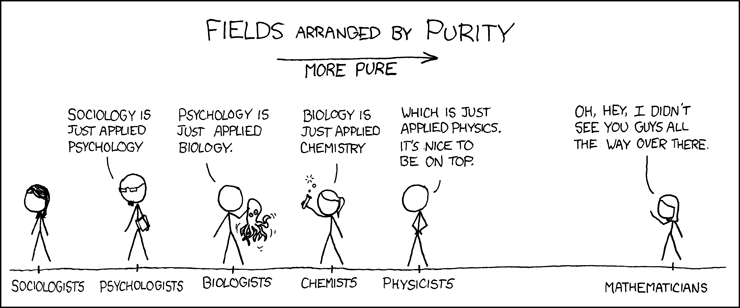00:00 - 16:0016:00 - 00:00
user19161
user19161
user19161
user19161
user19161
user19161
user19161
user19161
user19161
user19161
user19161
user19161
user19161
user19161
user19161
user19161
user19161
user19161
user19161
user19161
user19161
user19161
user19161
user19161
user19161
user19161
user19161
user19161
00:00 - 16:0016:00 - 00:00




